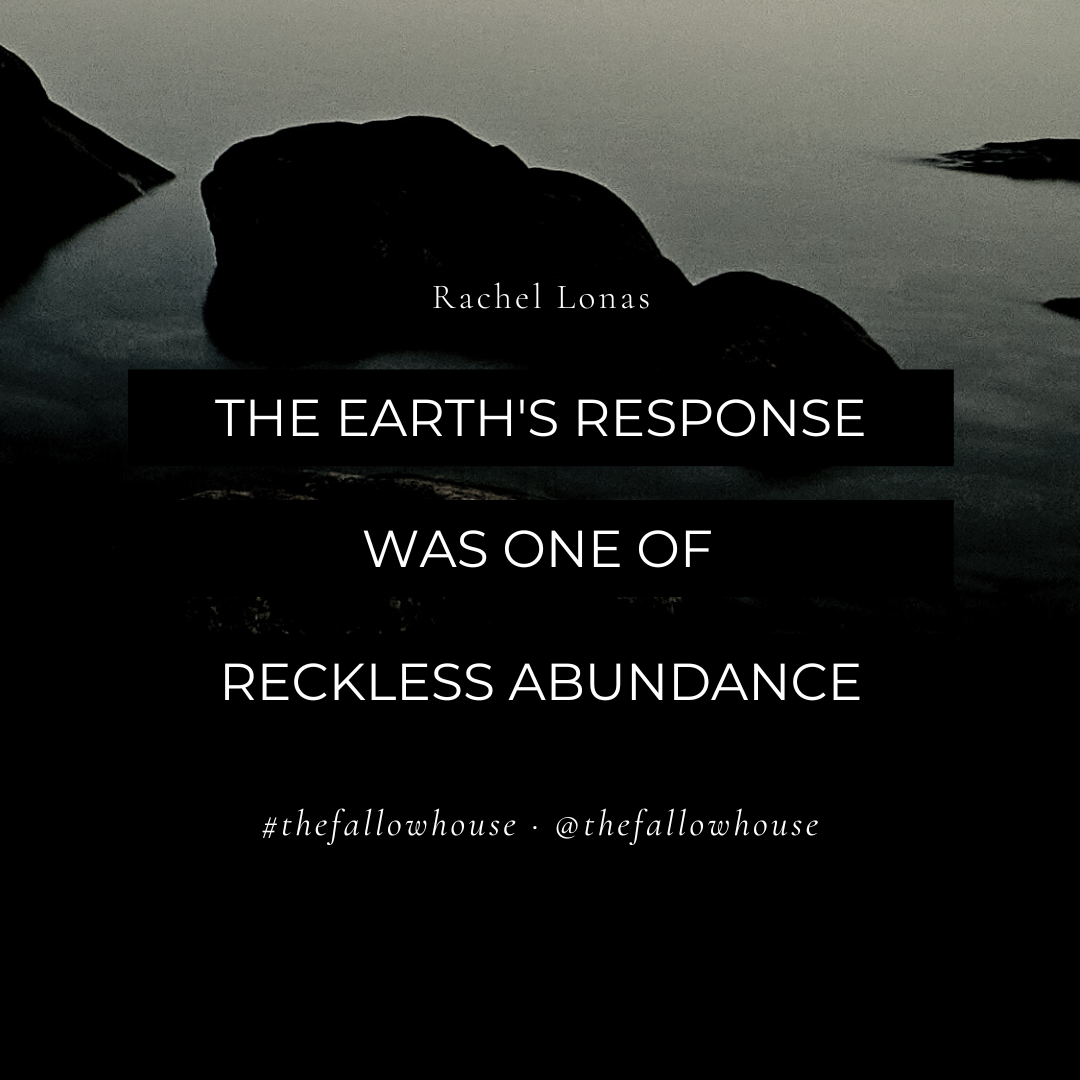Year of the Potluck Greens
Since November, at least once or twice a week, I have snipped kale leaves from the garden, placed them in a tan basket salvaged from a produce stand, washed, and dried them. It’s become an unexpected routine and an act of gratitude.
When people ask about my tutoring program, I can’t give an easy elevator pitch. It’s a little bit of everything—cooking, discussing literature, exercise, fort-building, gardening, paper-writing—all with middle school girls. I was given the bones of this model by another former teacher in the area who believed education could be done differently. The property where these girls and I spend our time is a family’s farm just outside our city. It is a place for all things sustainable and entrepreneurial—a wedding venue on the weekends, a 1st-8th grade tutorial during the weekdays, a flower CSA project, and my program (one afternoon a week).
I didn’t add gardening to my program this year because I am a hobby horticulturist. Rather, I was gifted a tilled plot by the farm manager. Knowing virtually nothing about direct sowing, I did some research and found some easy winter greens like kale, collards, turnips and radishes.
By late October, one of the manager’s farm friends who lived a mile down the road came out (barefoot, which I loved) and showed us how to draw straight rows for our crops with an old extension cord. He was rightly skeptical about potential success (we were in the middle of a drought, and websites said that you plant these in late summer, not late fall), but we all got our hoes to work and used the seeding tool to plant. A bumper crop arose in just a few weeks and we harvested some of the first leaves and all the radishes in December.
When over Christmas the temperature dropped suddenly to zero, all the plants got zapped. Lush greens were replaced by limp beige rags hanging all over the place looking like a plant apocalypse had occurred. I thought our supply was done for. But no, the kale just kept coming back. Abundance is irrepressible.
The girls in my program started taking home some to their families every week, and we gave it away to anyone who was interested—tutors from the tutorial we share space with, my husband’s co-workers, church members, neighbors down the street. It shows in multiple meals. There have been slaws and salads. We’ve started sauteeing it to go on top of grits or in quiches. I taught the girls how to make a pasta primavera by giving the huge leaves a nice chiffonade.
Our 13 year old was starting to get worried that all this kale was taking over my life, like a crazy cat lady, but with greens. My husband said it reminded him of his grandpa in rural Georgia who always left paper sacks of home grown produce by his mailbox, signaling to anyone in the community passing by that there was fresh food for the taking.
On Easter morning, I brought some sauteed kale to a breakfast potluck. People were so excited to see at least one fresh green vegetable among all the rich egg and potato dishes. At another get-together, a friend’s mom (an Indian-American), struck up a conversation about farming practices and gleefully described how rich soil affects the taste of these valuable greens.
The giving of kale suddenly became an interesting conversation starter because I never pushed them on people. I just set a dish or bags of leaves on a table and said “Please, take it!” only to later have people gush over the flavor and share how they’ve started to incorporate it into their family cooking.
Tending to the kale each week is only a practice of managing overflowing goodness. The girls and I were sowing seeds and praying for a miracle, and the earth’s response was one of reckless abundance. We had no plans for our garden beyond a little learning endeavor, but God intended so much more for our time together. In this “year of kale,” we were able to respond to excess by sharing with open hands, showing us what relationships and nourishment could be in our homes and communities.
HOW DOes THE “year of kale” inspire you to cultivate community?
TELL US IN THE COMMENTS.
RACHEL LONAS is a writer and educator specializing in literature and composition. Several of her pieces can be found at Fathom Magazine. She lives in Chattanooga, Tennessee, with her husband, Justin, and their four daughters. She enjoys all things creative—watercoloring, nature journaling, landscaping, and being inspired by botanical gardens.

